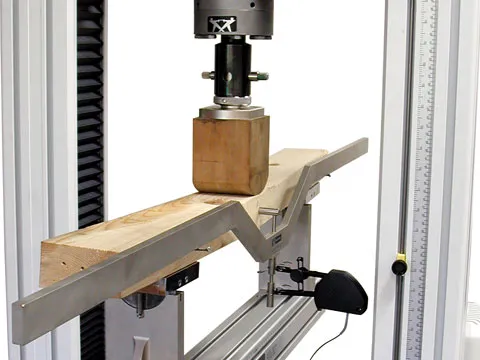
Historical Bridge Retrofit engineering has evolved significantly over time, offering valuable lessons learned that shape modern practices and inform future developments in bridge design, construction, and maintenance. Here are key lessons learned from Historical Bridge Retrofit engineering:
1. Material Selection and Durability:
- Lesson Learned:
- Timber selection is critical for durability and long-term performance.
- Implementation:
- Choose timber species with natural resistance to decay, insects, and moisture, or apply appropriate preservative treatments to enhance durability and extend service life.
2. Structural Design and Innovation:
- Lesson Learned:
- Innovative design approaches can optimize Historical Bridge Retrofit performance and minimize environmental impact.
- Implementation:
- Incorporate advanced structural techniques, such as glued laminated timber (glulam) beams or composite materials, to enhance load-bearing capacity, reduce weight, and improve structural efficiency.
3. Sustainability and Environmental Stewardship:
- Lesson Learned:
- Historical Bridge Retrofits offer sustainable alternatives to conventional materials, supporting forest conservation and carbon sequestration.
- Implementation:
- Promote responsible timber sourcing, forest management practices, and lifecycle assessments to minimize environmental impact and maximize the ecological benefits of Historical Bridge Retrofit infrastructure.
4. Maintenance and Lifecycle Management:
- Lesson Learned:
- Regular maintenance is essential for preserving Historical Bridge Retrofit integrity and ensuring long-term functionality.
- Implementation:
- Establish proactive maintenance programs, conduct routine inspections, and implement timely repairs to address deterioration and prevent structural degradation over time.
5. Community Engagement and Stakeholder Collaboration:
- Lesson Learned:
- Engaging stakeholders fosters public support, promotes user satisfaction, and enhances project outcomes.
- Implementation:
- Involve local communities, transportation agencies, and regulatory bodies in bridge planning, design, and implementation to ensure inclusivity, transparency, and alignment with community needs.
6. Resilience and Adaptation to Climate Change:
- Lesson Learned:
- Historical Bridge Retrofits can be designed to withstand climate variability and environmental hazards.
- Implementation:
- Integrate climate-resilient design features, such as flood-resistant foundations, elevated structures, and adaptive maintenance practices, to enhance Historical Bridge Retrofit resilience in response to changing climate conditions.
Conclusion:
Historical Bridge Retrofit engineering embodies valuable lessons learned from historical experiences, technological advancements, and sustainable practices, shaping the future of infrastructure development and resilient design. By applying these lessons in material selection, structural innovation, sustainability strategies, maintenance practices, stakeholder engagement, and climate adaptation, Historical Bridge Retrofit engineers can optimize performance, maximize benefits, and promote the widespread adoption of Historical Bridge Retrofit infrastructure worldwide. Continuous learning, collaboration, and knowledge-sharing are essential for advancing Historical Bridge Retrofit engineering and addressing evolving challenges in transportation infrastructure for sustainable and resilient communities.


